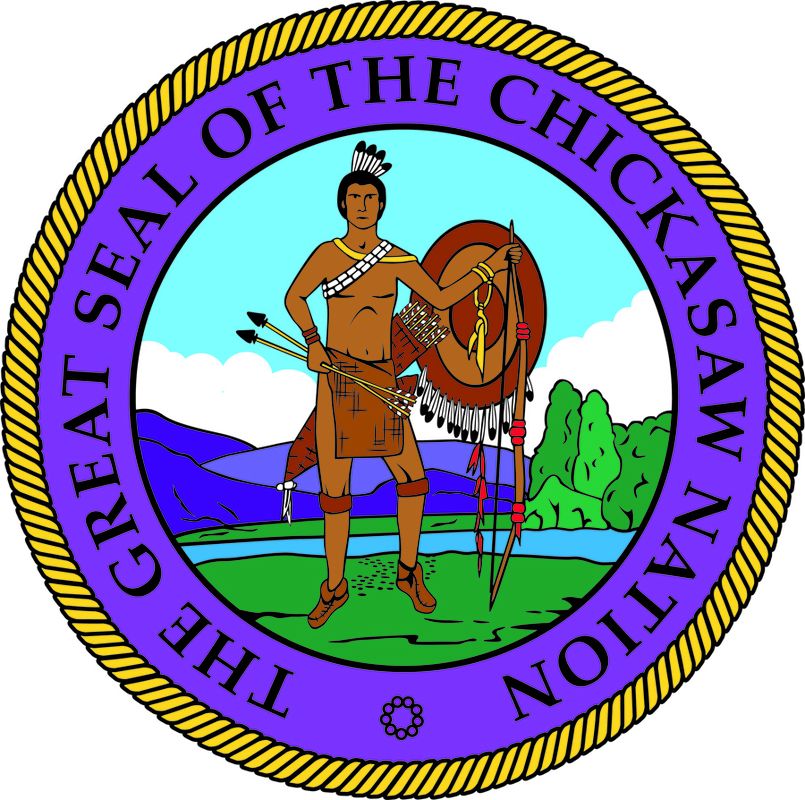Chickasaw Nation
Chickasaw Nation
From their migration to what is now Mississippi, Kentucky, Alabama and Tennessee in prehistoric times, to the purchase of a new homeland in south-central Oklahoma in the mid-1800s, the Chickasaw culture and heritage is rooted in nature and the elements. The Chickasaw Nation's first contact with Europeans came with Hernando de Soto's 1540 expedition. Living in sophisticated town sites, the Chickasaw people were forced to move from their homeland by the U.S. government.
The 1837 Treaty of Doaksville called for resettlement of the Chickasaws among the Choctaw Tribe in Indian Territory. After their resettlement, the Chickasaws, in order to restore direct authority over their governmental affairs, separated from the Choctaws and formed their own government in 1856. Tribal leaders established the capital at Tishomingo, adopted a constitution and organized executive, legislative and judicial departments of government with the offices filled by popular election. At the outbreak of Civil War, the Chickasaws signed an alliance with the South and raised troops to fight with the Confederacy. The Choctaw/Chickasaw Mounted Regiment, headquartered at Fort Washita fought some of the last battles of the Civil War.
Although suffering hardships after the defeat of the Confederacy, the tribe regained prosperity. Many Chickasaws became successful farmers and ranchers. Chickasaws built some of the first schools, banks and businesses in Indian Territory. Today the Chickasaws celebrate, preserve and share their vibrant culture and heritage by organizing a host of events, fostering traditional songs and stomp dancing, and they recently completed the world-class Chickasaw Cultural Center in Sulphur.
Photos












